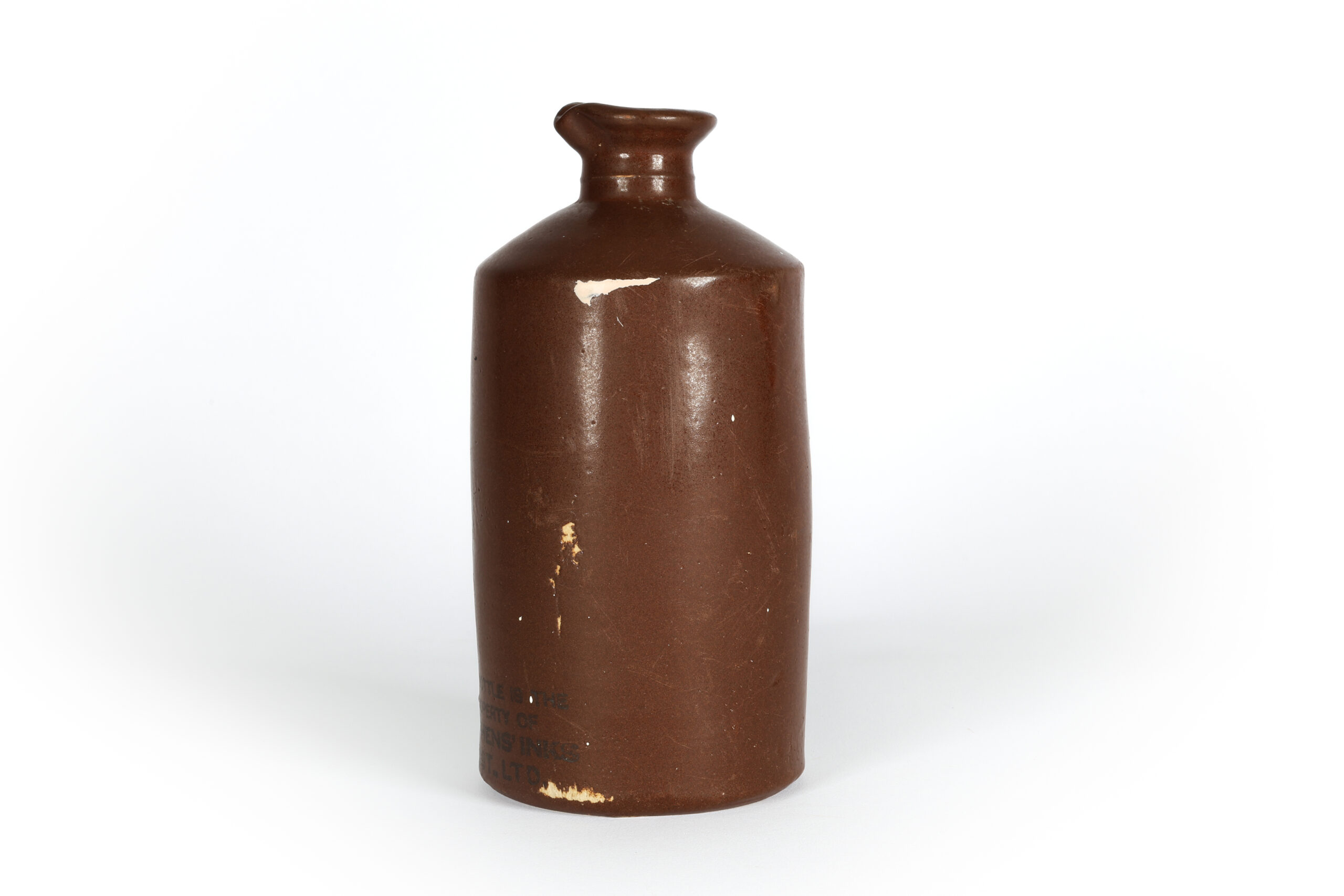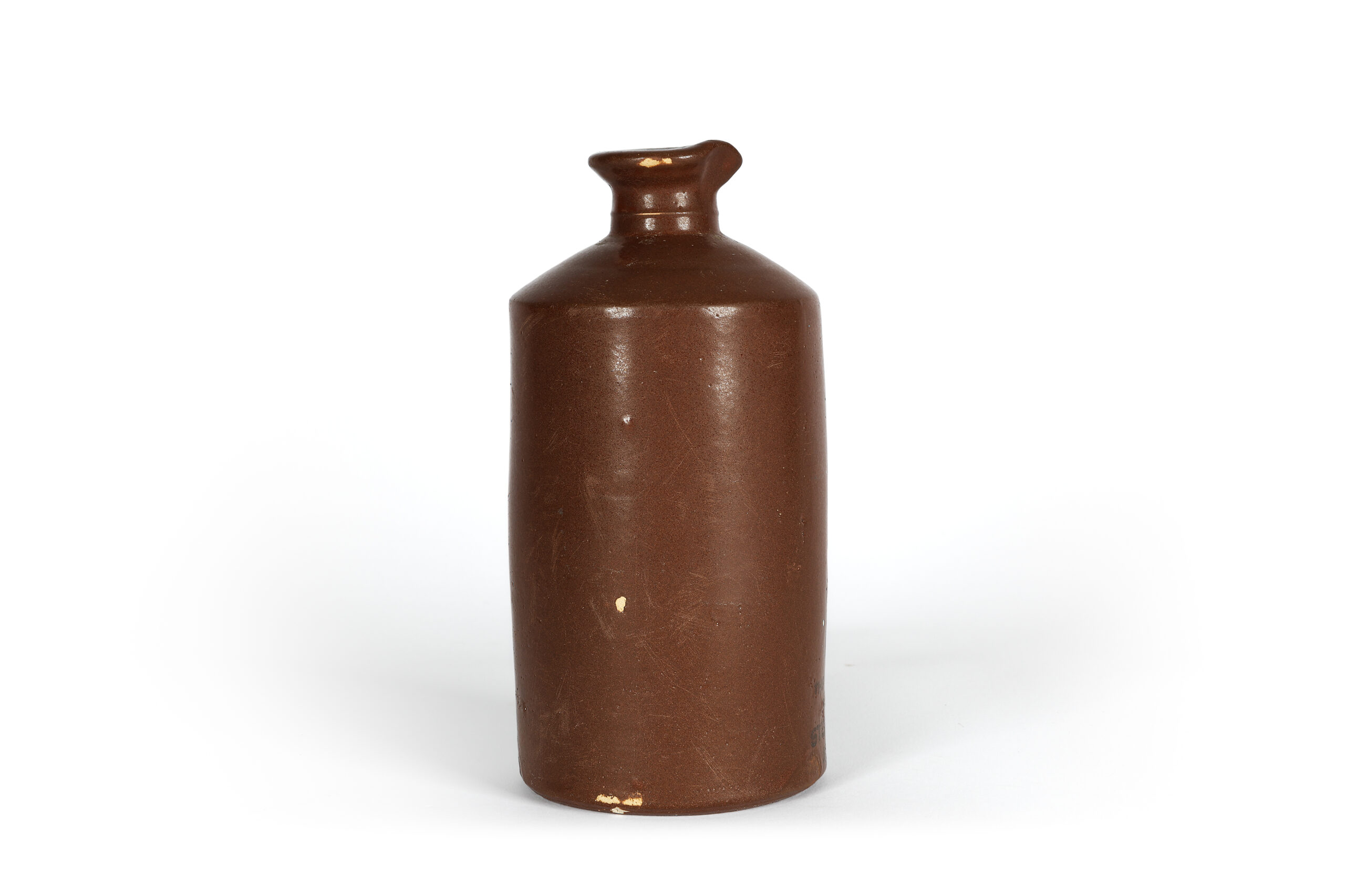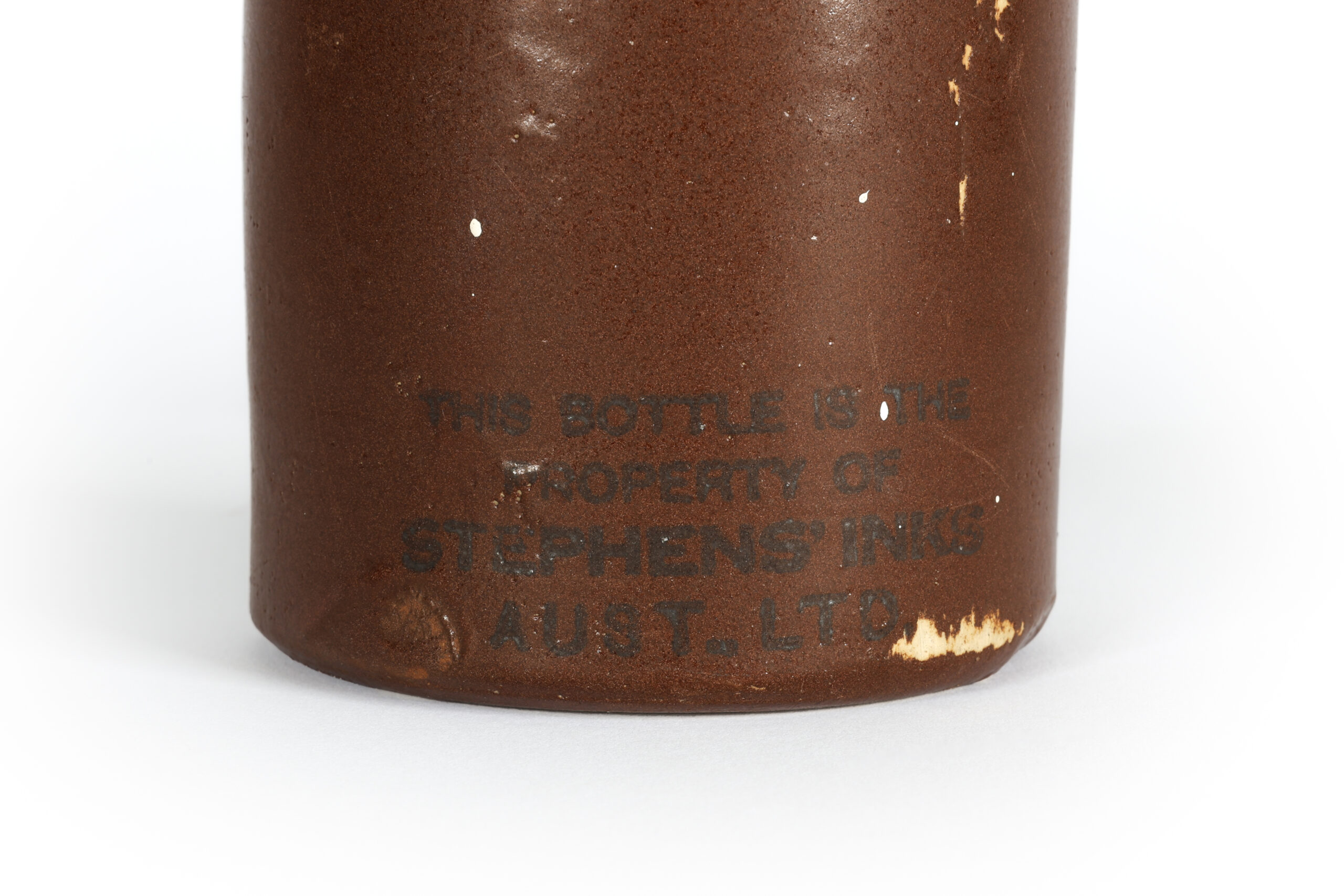Innovative Ink
How Henry Stephens Left His Mark on History
Trained as a medical doctor, Henry Stephens (1796-1864) relocated his rural medical practice to London in 1829 and started experimenting with inks and transparent stains for timber. Stephens’ tinkering bore fruit when he invented an indelible ink that wrote in blue and dried black. His work was groundbreaking; until then, inks were neither permanent nor waterproof.
He registered Stephens’ Ink Company in 1832 and was granted his first patents for inks, pens and inkstands in 1837. Sales boomed with the advent of the postal service, which enabled people to send letters to far-flung corners of the Empire.
Stephens displayed his wares in the British Court at the Sydney (1879) and Melbourne (1881) International Exhibitions. Like today’s trade shows, countries and colonies displayed their inventions, products and resources at exhibitions and world’s fairs, hoping to network and expand their export markets.
Receiving awards for writing inks, wood stains, steel pens and sealing wax at the Sydney Exhibition, Stephens’ goods were a hit in the colony and ‘fancy colours’ were later added to the range available here. Changes to import duties led to the opening of an Australian subsidiary and a factory in Sydney in 1930. Its use in Australia was widespread, including at Wee Waa in North West NSW.
The ink was transported and stored in glass and ceramics because the metals and salts that fixed the colours were corrosive. Bottle manufacture was expensive, so it was a term of sale that you were buying the ink but leasing the bottle. Re-filling or selling the ink bottles was illegal, and buyers were obliged to return them to Stephens’ Inks on demand.













